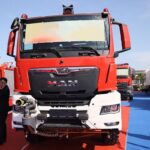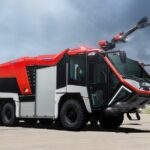Airport Rescue Fire Fighting (ARFF) trucks play a crucial role in ensuring safety at airports, responding swiftly to aircraft emergencies, fuel spills, and structural fires. As aviation technology advances, so do the requirements for fire suppression and rescue capabilities. Modern ARFF vehicles incorporate cutting-edge technologies to enhance their efficiency, speed, and firefighting power. This article explores the latest advancements in ARFF trucks that significantly improve airport emergency response.
1. Advanced Chassis and Mobility Enhancements
One of the primary advancements in ARFF trucks is the development of high-performance chassis and mobility systems. These trucks are designed to navigate various terrains, from paved runways to rough terrains near the airport perimeters.
- All-Wheel Drive Systems: Modern ARFF trucks feature full-time or selectable all-wheel-drive systems that ensure maximum traction on slippery or uneven surfaces.
- Improved Suspension Systems: Independent suspension and hydropneumatic suspension systems provide better ride stability, reducing response time even on rough terrain.
- Higher Speed Capabilities: Advanced ARFF trucks, such as the Rosenbauer Panther and Oshkosh Striker, can reach speeds exceeding 70 mph (113 km/h), allowing firefighters to respond to incidents within the crucial first few minutes.
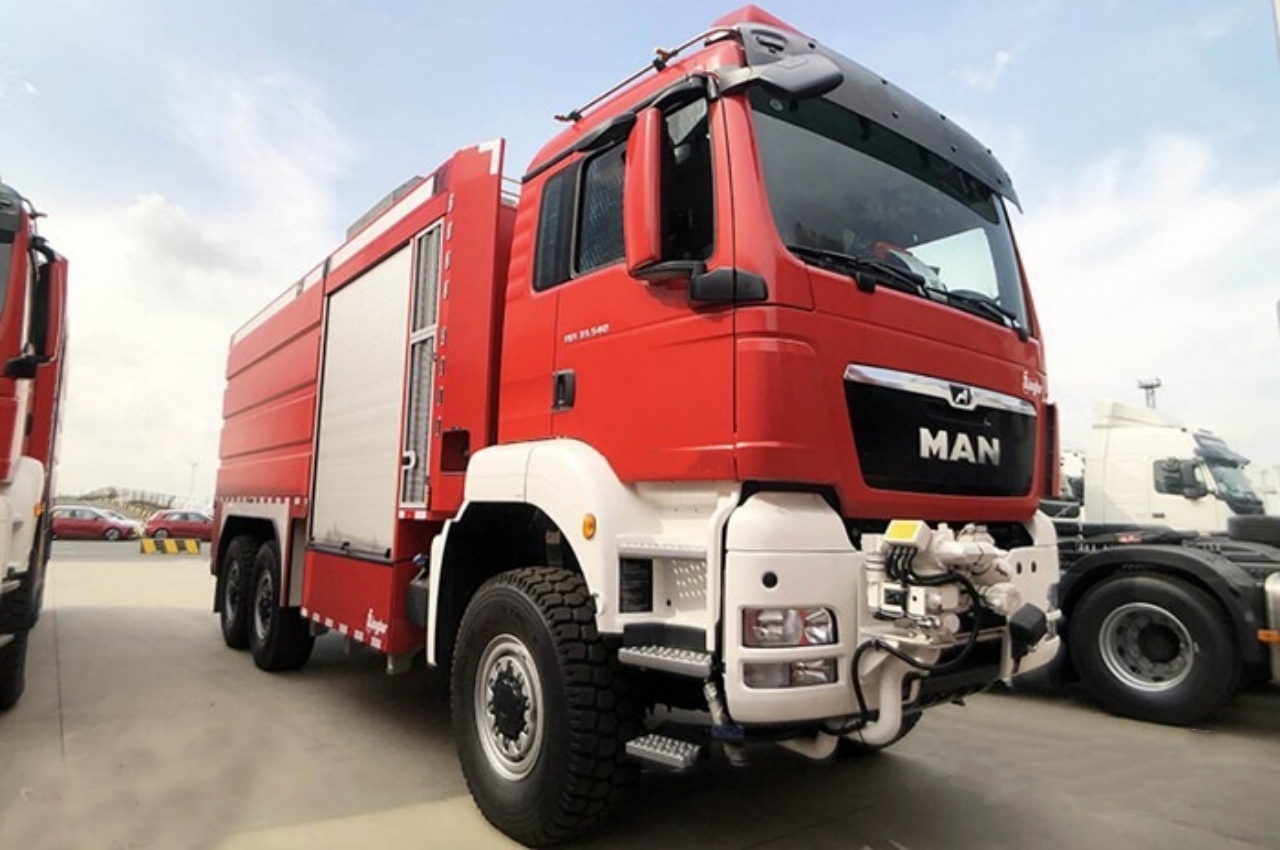
2. High-Performance Fire Suppression Systems
Fire suppression capabilities have seen significant advancements, with improved water, foam, and chemical agent delivery systems:
- High-Flow Roof and Bumper Turrets: Modern ARFF trucks have electronically controlled roof and bumper turrets that can discharge large amounts of fire suppressants, sometimes exceeding 2,000 gallons per minute.
- Compressed Air Foam Systems (CAFS): CAFS enhances the effectiveness of firefighting foam, creating a more stable and efficient suppression agent that adheres to surfaces longer.
- Ultra-High-Pressure (UHP) Systems: Some ARFF vehicles now feature UHP systems, which deliver water and foam at extremely high pressures (up to 1,500 psi), allowing deeper fire penetration with less water usage.
- Dry Chemical and Halotron Systems: These systems are integrated for Class B fuel fires, ensuring comprehensive suppression capabilities.
3. Enhanced Water and Foam Capacity
Modern ARFF trucks carry larger volumes of water and foam concentrate to maximize firefighting capabilities:
- Larger Water Tanks: Some ARFF vehicles can hold up to 4,500 gallons (17,000 liters) of water.
- Expanded Foam Concentrate Tanks: Many trucks now feature foam concentrate tanks ranging from 500 to 1,000 gallons to ensure effective firefighting for fuel-related fires.
- Dual-Agent Systems: ARFF trucks often have separate tanks for both water/foam and dry chemical agents to address different fire types simultaneously.
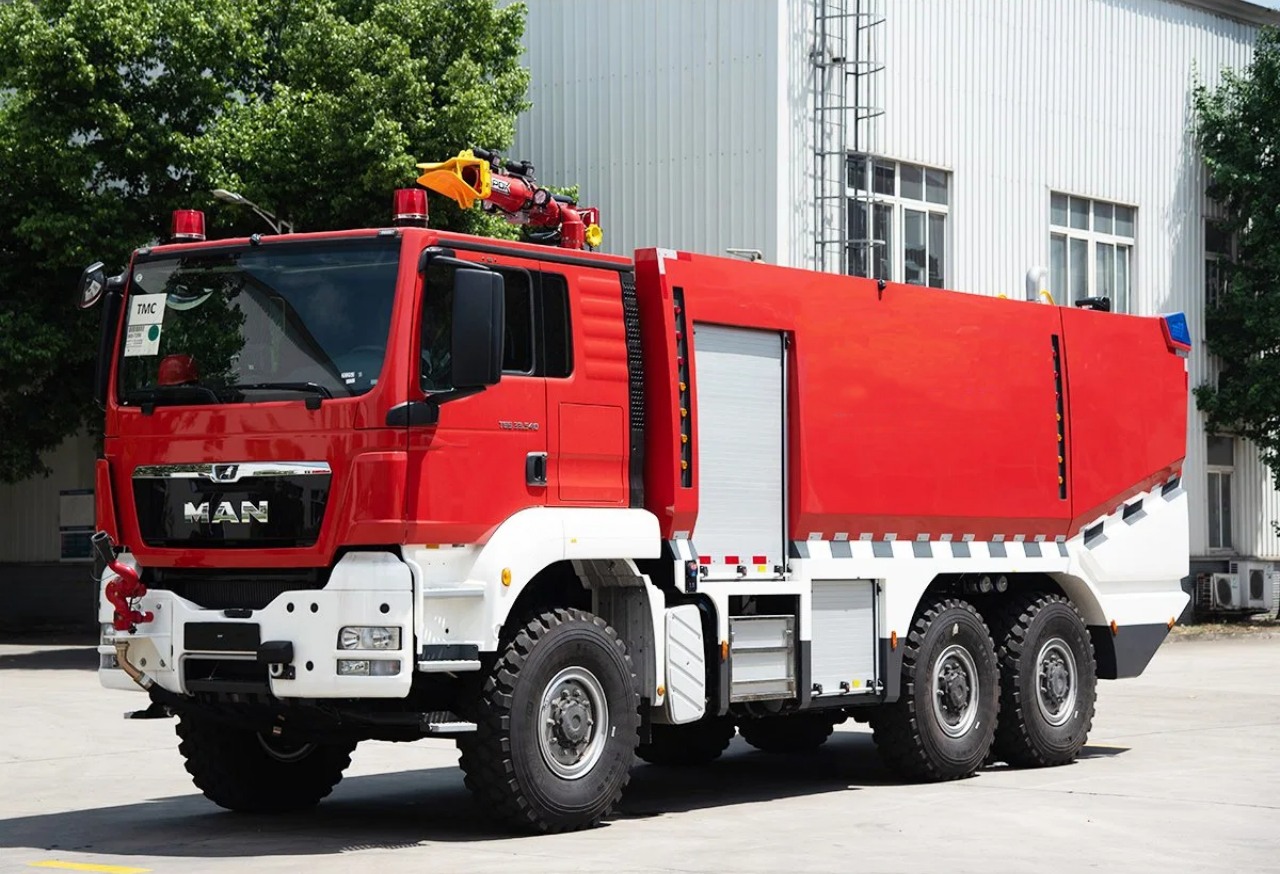
4. Intelligent Pumping and Control Systems
Automation and digital control systems have significantly enhanced ARFF truck efficiency:
- Electronic Pump Controls: These systems allow precise control of water and foam discharge rates, optimizing suppression efforts.
- Smart Flow Management: Some ARFF trucks have automated proportioning systems that adjust foam concentration based on fire severity.
- Remote Monitoring and Operation: Firefighters can operate turrets and suppression systems remotely, improving safety and control.
5. Thermal Imaging and Fire Detection
Early detection of heat sources is critical in ARFF operations. Advanced technologies include:
- Thermal Imaging Cameras (TICs): Integrated into turrets and driver control panels, TICs help firefighters locate hidden fires and hot spots.
- Infrared Sensors: Used for detecting fuel spills and fire sources, improving situational awareness.
- Gas and Smoke Detection Systems: These systems help identify hazardous conditions before firefighters approach the scene.
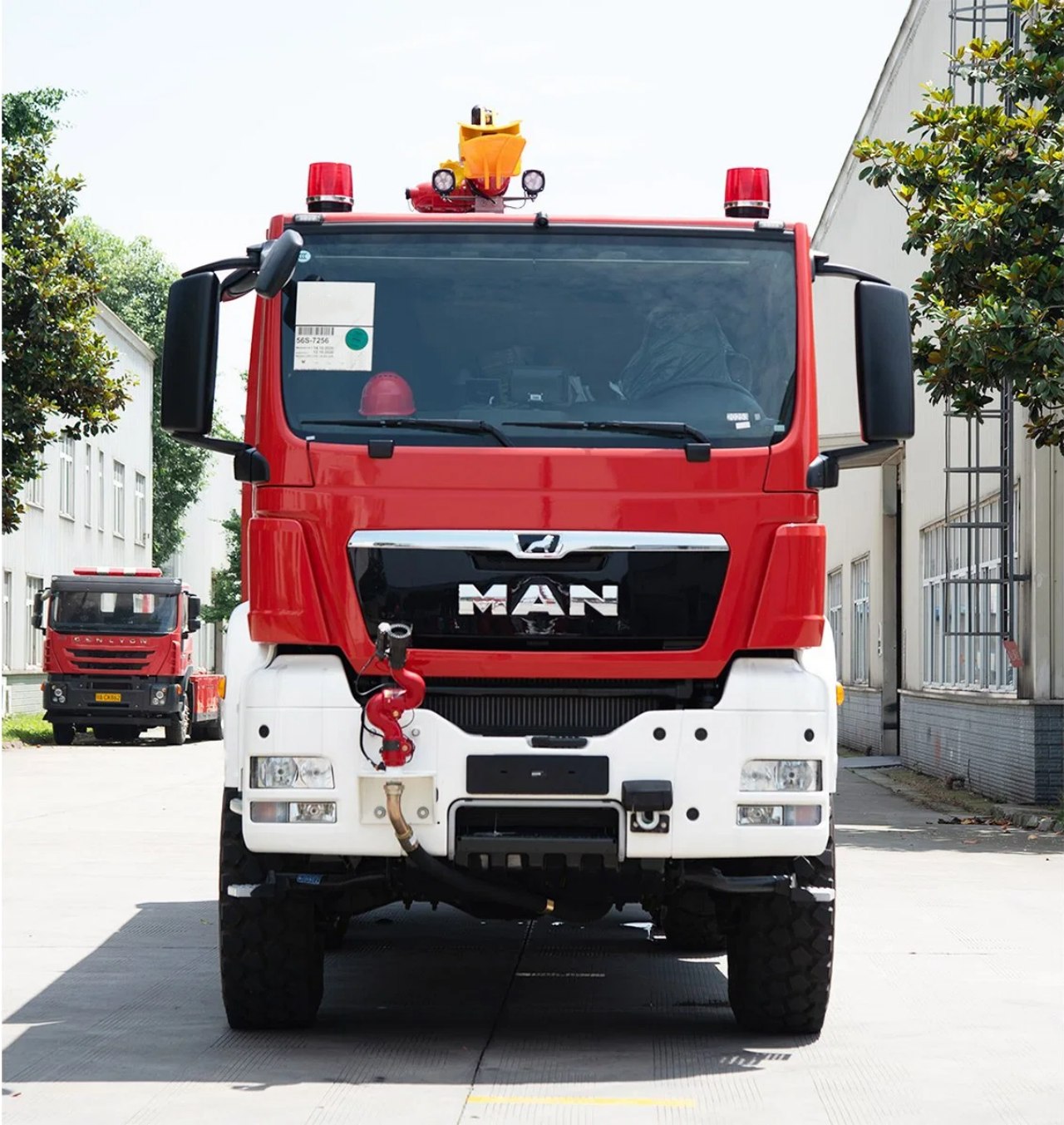
6. Advanced Cabin and Operator Assistance Systems
The operator’s ability to navigate and control the ARFF truck efficiently is critical during emergencies. Modern trucks feature:
- Ergonomic Cabin Designs: Enhanced visibility, digital control panels, and intuitive interfaces improve operator efficiency.
- Augmented Reality (AR) Helmets and HUDs: Some fire departments are testing AR helmets and Head-Up Displays (HUDs) that provide real-time fire conditions and equipment status.
- GPS and Geofencing: Real-time navigation and geofencing help coordinate multiple ARFF trucks efficiently during an emergency.
- Automated Emergency Braking and Collision Avoidance: Safety systems help prevent accidents during high-speed responses.
7. Eco-Friendly Innovations and Alternative Fuel Options
Environmental concerns have led to the development of more sustainable ARFF vehicles:
- Hybrid and Electric ARFF Trucks: Manufacturers like Rosenbauer have introduced hybrid ARFF vehicles with reduced emissions and improved energy efficiency.
- Alternative Fuels: Some ARFF trucks now use biofuels or hydrogen fuel cells to minimize carbon footprints.
- Advanced Exhaust Filtration: Modern emissions control technologies reduce pollutants and meet stringent environmental regulations.
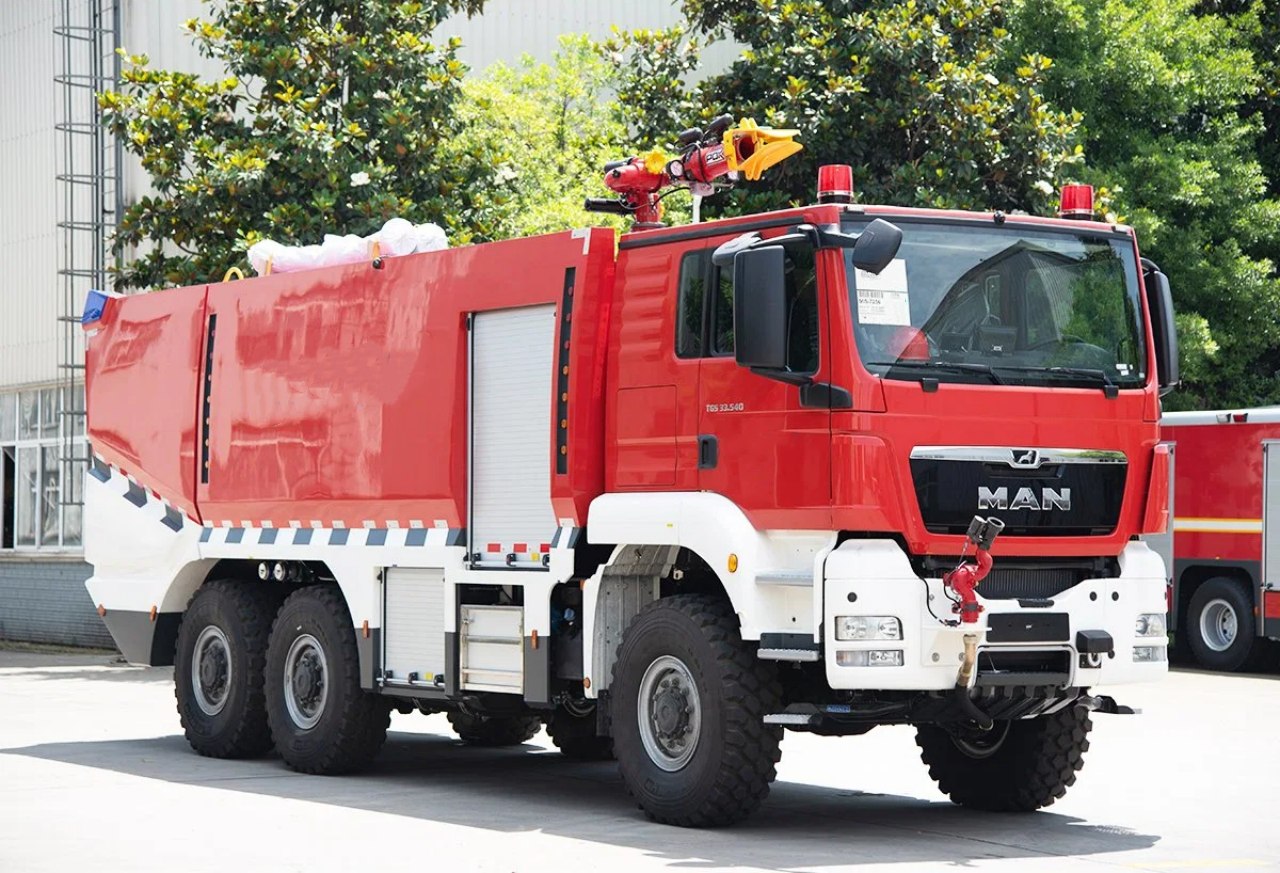
8. Communication and Coordination Technologies
Seamless communication is essential for an effective ARFF response. The latest technologies include:
- Integrated Radio and Communication Networks: Digital trunked radio systems ensure uninterrupted communication between ARFF teams and airport control towers.
- Drone Integration: Some ARFF units are deploying drones equipped with cameras and thermal sensors to assess fire situations before ground response teams arrive.
- Incident Command Systems (ICS): Advanced software and real-time data sharing platforms improve coordination between multiple emergency units.
9. Autonomous and AI-Assisted Firefighting Systems
Artificial intelligence (AI) and robotics are beginning to play a role in ARFF operations:
- Autonomous ARFF Vehicles: Some airports are testing driverless fire trucks with AI-driven navigation and suppression capabilities.
- AI-Based Fire Behavior Prediction: AI algorithms analyze fire spread patterns and recommend optimal suppression strategies.
- Robotic Firefighting Systems: Some ARFF units deploy remote-controlled robotic fire suppression units for high-risk environments.
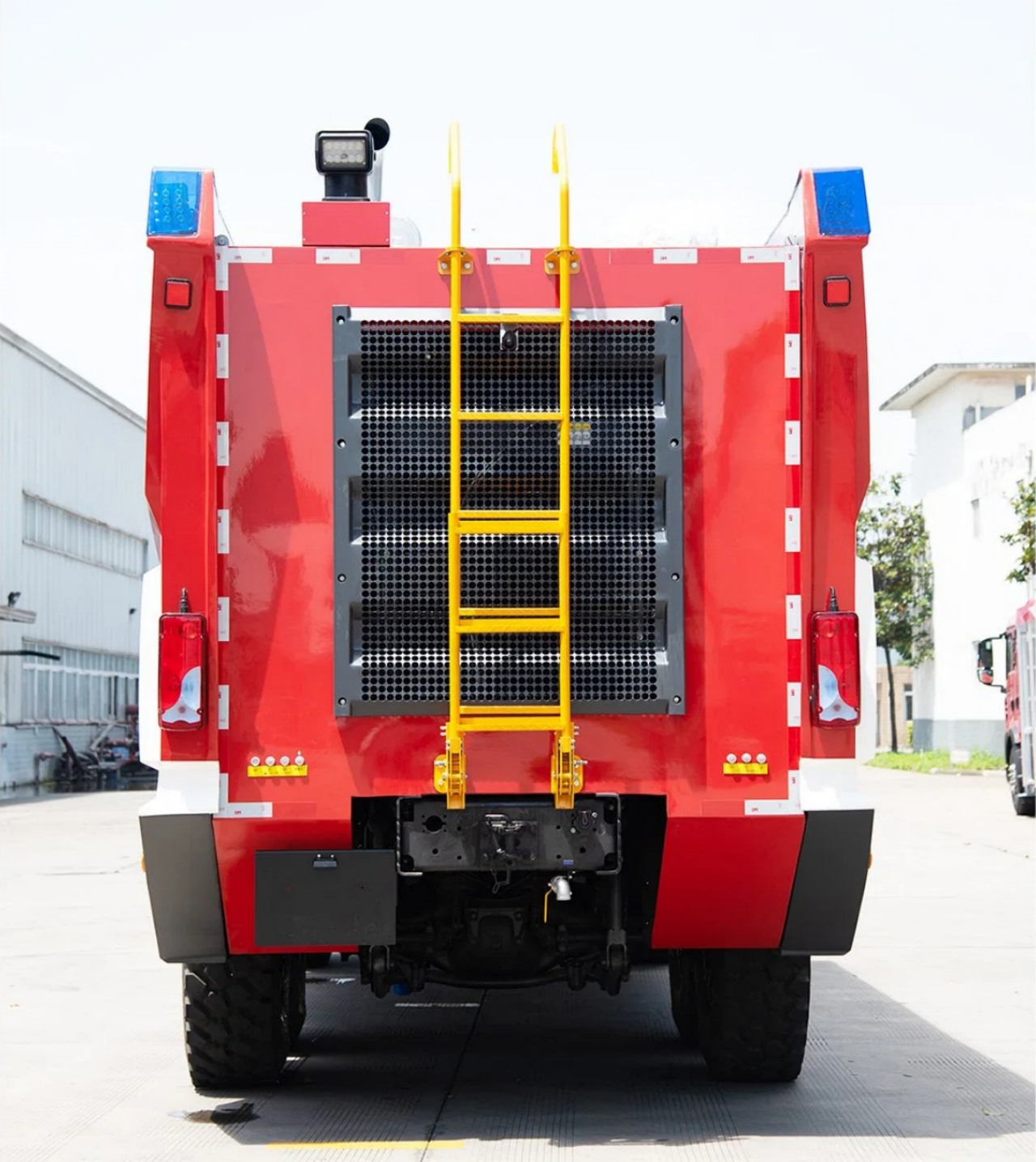
Conclusion
The rapid advancement of technology in Airport Rescue Fire Fighting trucks has significantly improved their effectiveness, speed, and operational capabilities. From high-performance mobility and advanced fire suppression systems to AI-assisted firefighting and eco-friendly innovations, ARFF trucks are becoming more capable and efficient than ever before. As aviation safety demands continue to rise, further advancements in ARFF technology will be essential in ensuring rapid, effective, and sustainable emergency response at airports worldwide.


